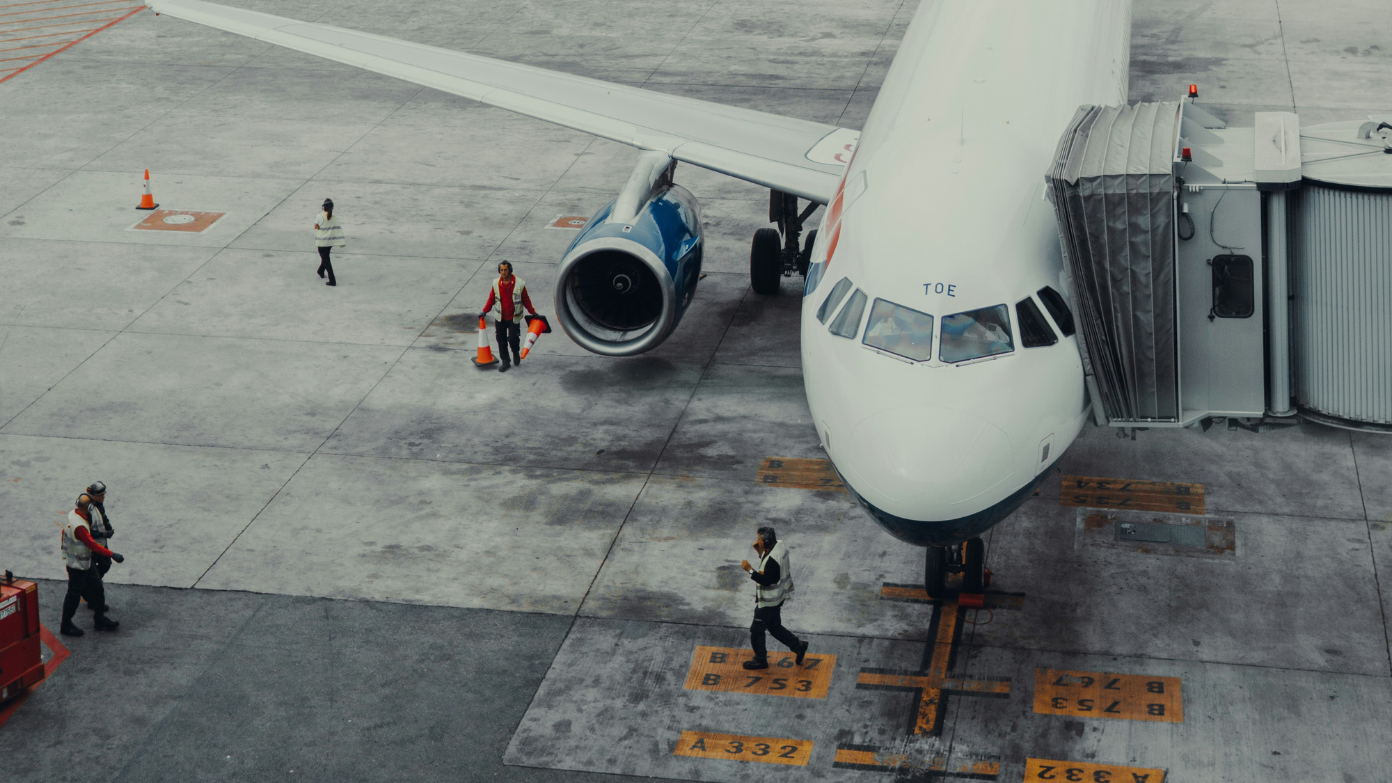The US aviation system is confronted with a critical staffing crisis where air traffic controller shortages have brought both the safety and efficiency of operations under threat. Now, with mounting pressure to bring in more air traffic controllers into the Federal Aviation Administration, amidst possibly the toughest certification process throughout all of federal employment, the agency revealed that 90% of all facilities are understaffed, with retirements outpacing new hires.
The staffing crisis scale
As of 2025, 285 of 313 U.S. air traffic control facilities are below FAA-recommended staffing levels; 73 facilities are short at least 25% of their workforce. Critical shortages plague high-traffic regions:
- New York Area: Facilities overseeing Newark, JFK, and LaGuardia airports operate with 40% vacancies, managing 1.2 million annual flights.
- Reagan National Airport: Operating at 63% staff level despite controlling 16 million passengers annually.
- Philadelphia, Orlando and Milwaukee: Towers are operating with less than 60% certified controllers.
The FAA does not see the shortages easing until 2026 when pandemic-era training backlogs meet Baby Boomer retirements. Even after the FAA hires 1,800 controllers in 2024, 75% of facilities will still be short-staffed. Rigorous requirements to be a Controller are that prospective controllers go through a multiyear process that has high washout rates:
1. Eligibility requirements
- Age: Less than 31 years old at time of hiring; exception provided for individuals from the military/veteran candidate pool.
- Requirements
- Education: Bachelor’s degree OR 3 years of professional work experience in aviation OR graduation from one of FAA-approved AT-CTI curricula.
- Citizenship: U.S citizen with no felony convictions.
2. Selection and training
- Air Traffic Skills Assessment (AT-SA): A 4-hour test of multitasking, memory and situational judgment. More than 30% wash out in this phase.
- FAA Academy: 3–5 months of intensive training in Oklahoma City on radar operation, weather analysis and emergency procedures. 50% washout rate.
- On-the-job training: 2–4 years at assigned facilities under senior controllers. Certification involves learning specific airspace systems.
3. Certification and continuing requirements
- Medical exams: Annual physical/psychological exams, including 20/20 vision (corrected) and drug tests.
- Proficiency checks: Semiannual simulations testing response to crises under stress.
Why hiring can’t keep pace with demand
Multiple systemic barriers hinder recruitment:
1. Aging workforce
- Median age: 41; 6,100 controllers set to retire by 2032.
- Training bottlenecks: Post-academy certification takes 16 months at Reagan National and up to 4 years at complex facilities.
2. High attrition
- 33% of trainees do not complete the FAA Academy.
- Stress-induced burnout: Controllers work with up to 30 aircraft at a time; shifts span nights/weekends.
3. Budget and tech constraints
- NextGen system delays: Satellite-based navigation saves staffing in the long term but requires expensive upgrades.
- Hiring freezes: Political fights over FAA funding halted hiring from 2022–2024.
Pathways to closing the gap
The FAA and industry champions put forward multi-faceted solutions:
1. Expedited hiring
- 2025 recruitment objective: 2,000+ applicants from USAJOBS notices in April–May.
- Military partnerships: Brought in air traffic experience vets.
2. Modernization of training
- Virtual reality simulators: Less demand for Oklahoma City’s physical facilities.
- CTI school expansion: 30+ colleges with FAA-approved curriculum, including top schools like Embry-Riddle and Purdue.
3. Retention incentives
- Pay raises: Veterans make $150,000 a year, but rural facilities can’t match.
- Mental health resources: Counselling and stress-management programs to stop burnout.
The cost of inaction
Extended shortages have devastating effects:
- Near misses: 503 close calls in 2024. 27% more than in 2023.
- Flight delays/cancellations: Bigger hubs like Newark experience up to 30% longer delays during peak times.
While the FAA deems current staffing “safe,” experts say the error margin is growing wafer-thin. As Transportation Secretary Pete Buttigieg put it: “Every vacancy increases the strain on controllers managing our busiest airspaces.”
For wannabe controllers, the road ahead remains intimidating but absolutely necessary. The average starting salaries are $58,000 and offer six-figure stability with full certification—on top of promising reward for those resilient enough to face its demands.
Read more: What is the new Chinese artificial intelligence DeepSeek, how does it work and how does it differ from ChatGPT?
Read more: Will Google maps change the name of the Gulf of Mexico to Gulf of America?
